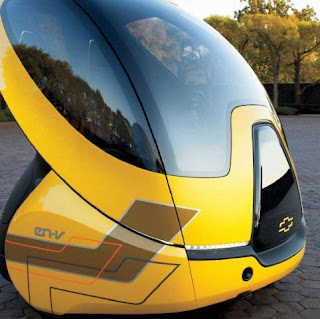 |
| The Case For The Autonomous Car |
(LATEST CAR NEWS) YES, YOU SHOULD BE worried about Google testing autonomous cars. It has been testing driverless Toyota Priuses and other models since competing with General Motors and other teams in the Defense Advanced Research Project Agency’s autonomous vehicle demonstrations of the late 2000s. The ubiquitous computer search engine company has been reticent in talking about its project to Motor Trend, though The New York Times’ November 13, 2011, expose on Google X, the company’s research lab, reported that the autonomy project is part of a secretive effort to open and establish new markets and technologies.
“Unimpressed by the innovative spirit of Detroit automakers,’ The Times reported, “Google is now considering manufacturing them in the United States, said a person briefed on the effort".
One non-innovative Detroit automaker is experimenting with driverless cars too, though its efforts are more practical and palatable to those of us who don’t want to give up the wheel, throttle, and brakes, much less the gearbox. GM’s futurist. Chris Borroni-Bird, director of Advanced Technology Vehicle Concepts, says some form of autonomy will be on the road before the end of the decade.
“You can address some of the aging population trends by keeping a vehicle almost the way it is and making it autonomous.” Borroni-Bird says. “but in an urban context you almost need to rethink what the automobile does, in terms of range and speed and key performance requirements, and what it looks like:’
The result so far is GM’s Segway-based EN-V bubblecar concepts, last year renamed as part of the Chevrolet brand. When such vehicles hit the road sometime in the future, Borroni-Bird says, they’ll likely look much different, but they’ll work much the same. The Chevy EN-V is designed to be a small, electric car that could have one, two, three, or four wheels, one or more seats, and be part of a megacity’s car-sharing program.
EN-Vs will have top speeds in the 25-mph range to coexist safely with pedestrians. bicycle messengers, and other vehicles, and can get a quick recharge during the day, between ride-share customers. “It does things a bicycle and walking can’t do, and it does things a bus or train can’t do,” Borroni-Bird adds. “It’s kind of swimming upstream against what people want. But we recognize that we can’t keep





